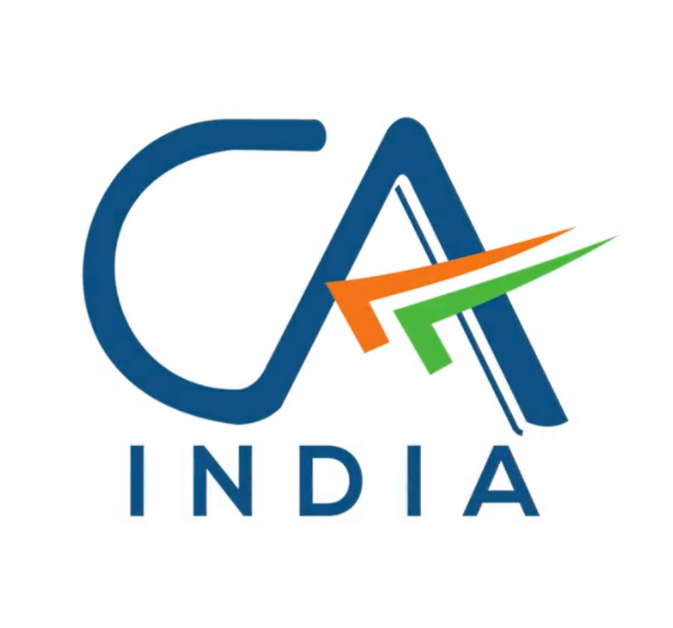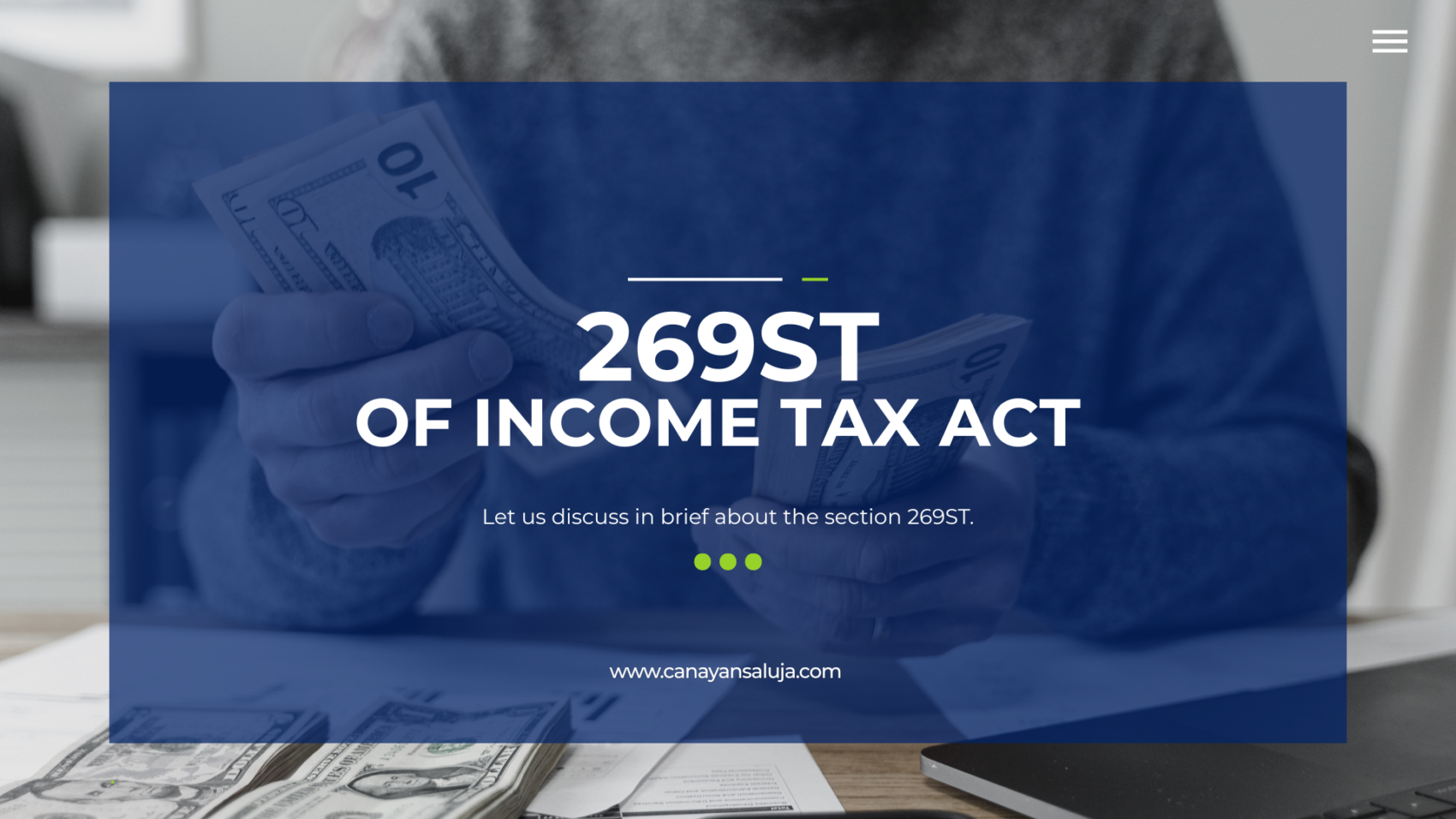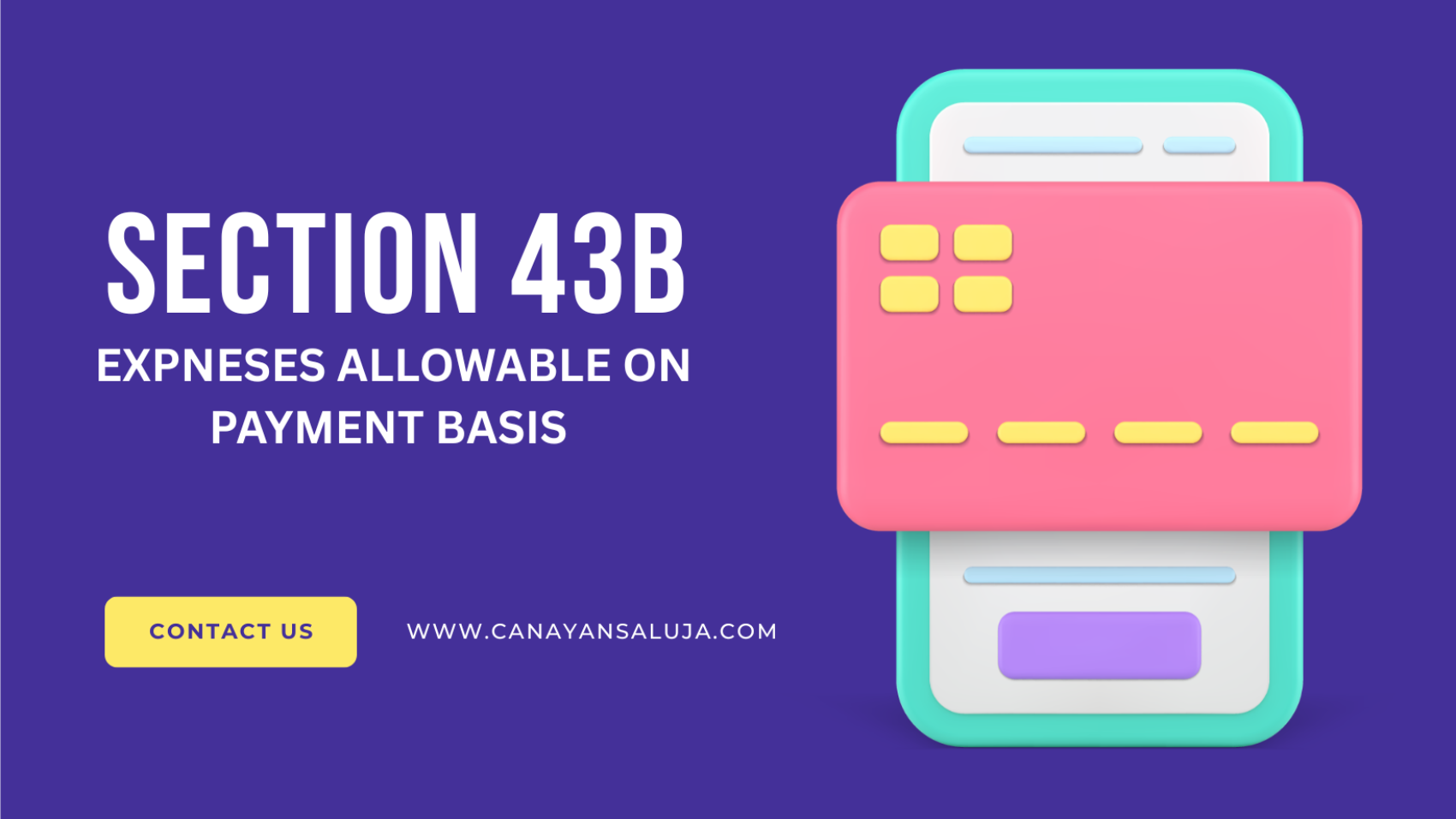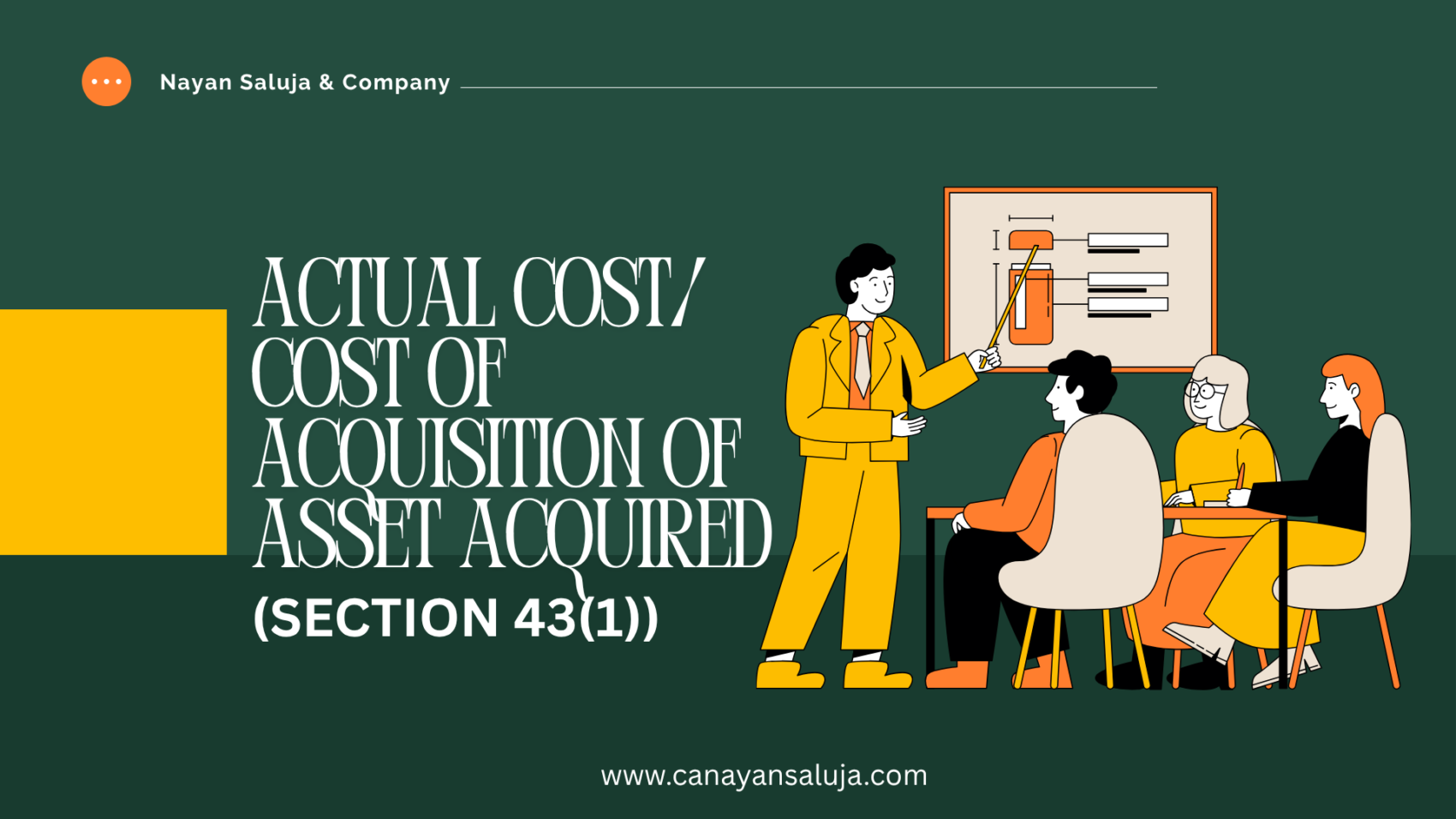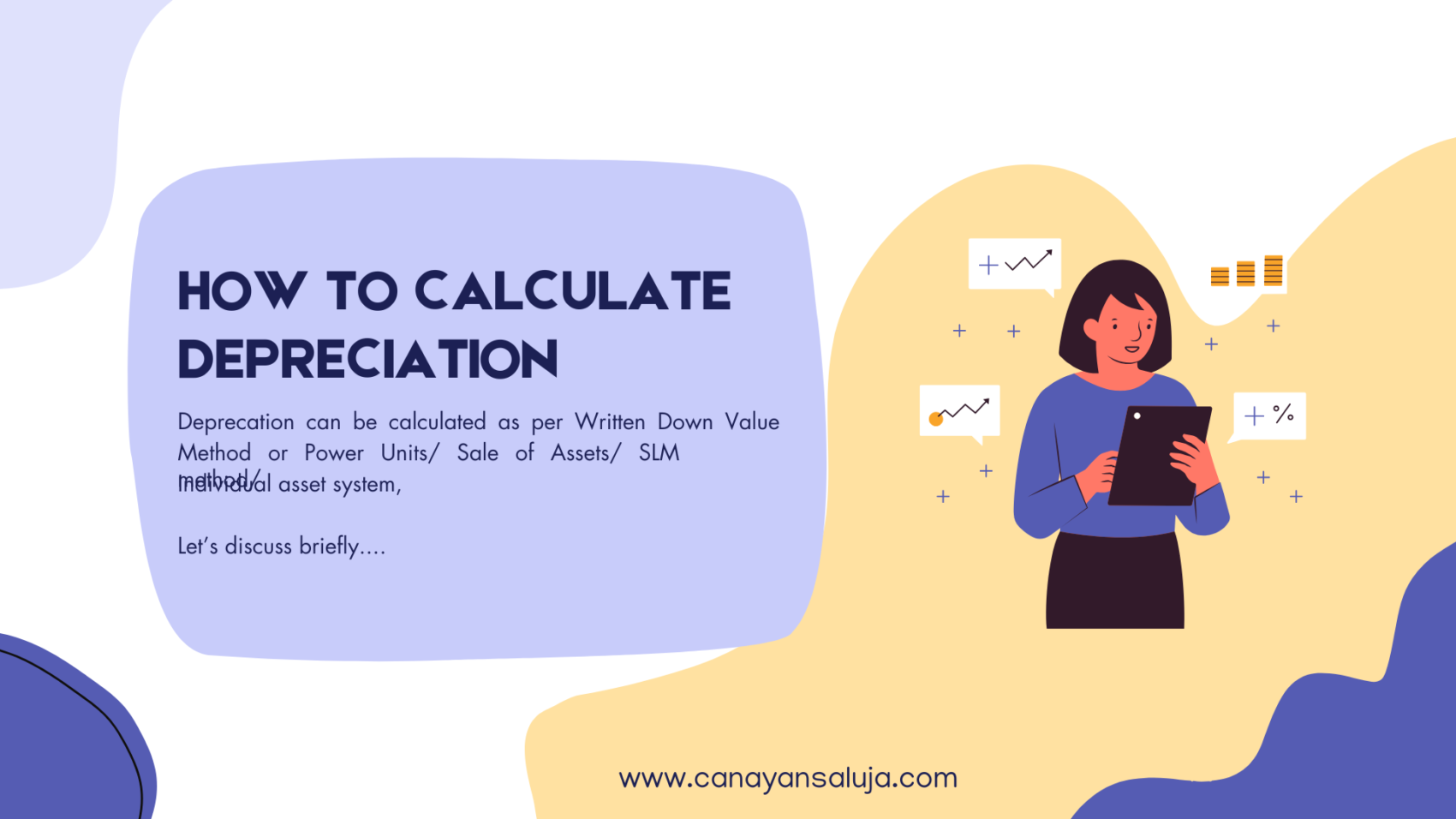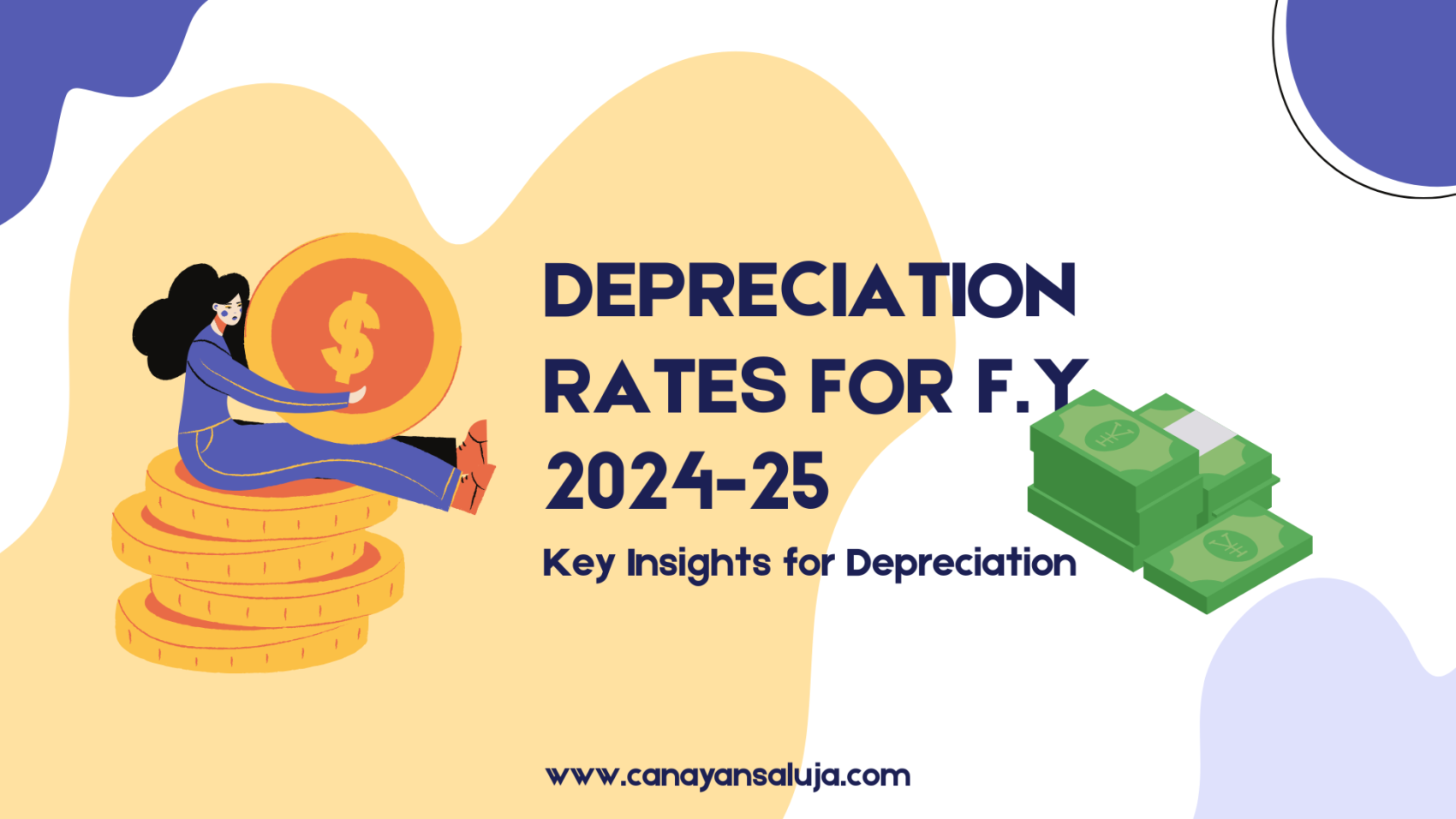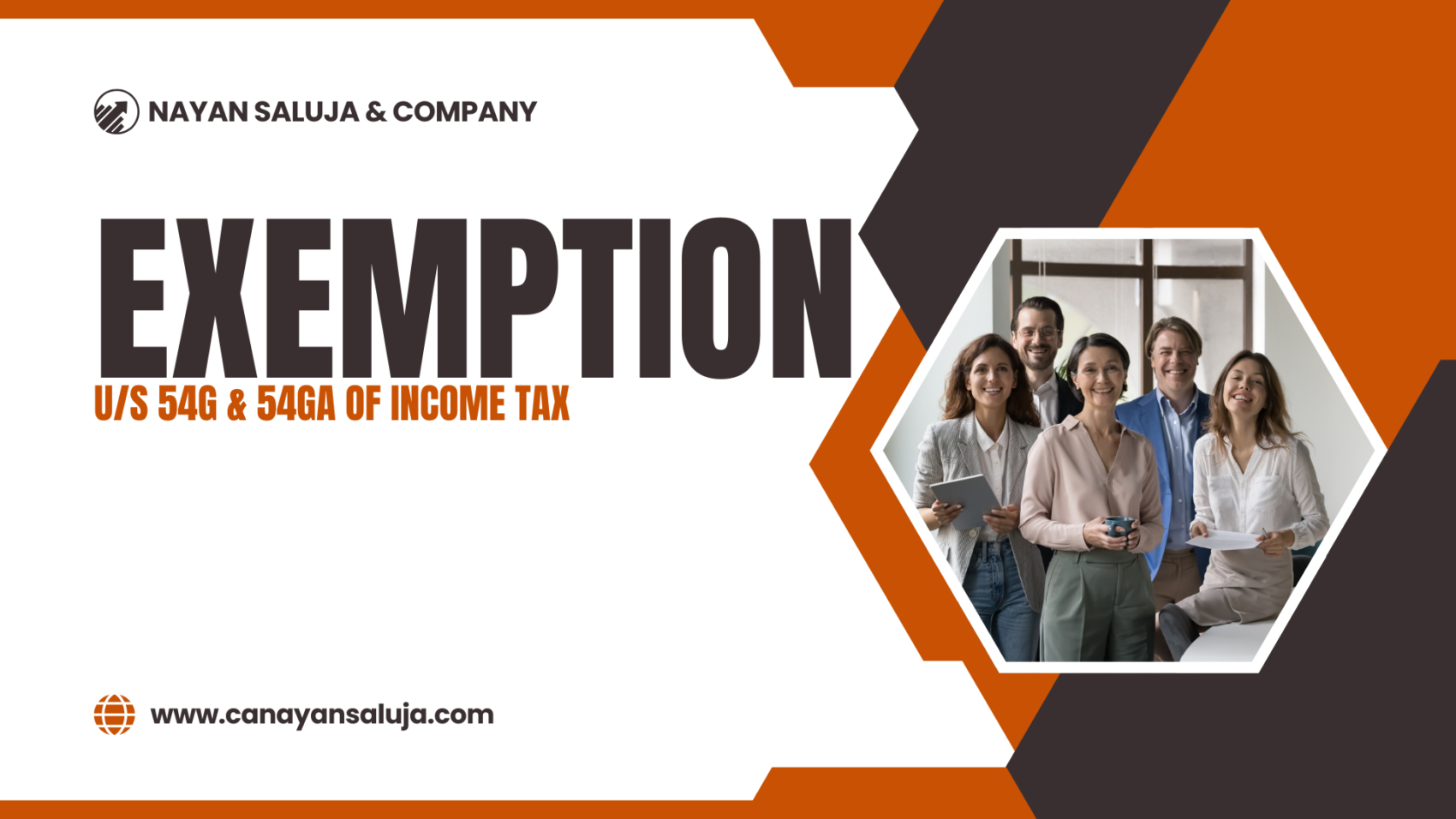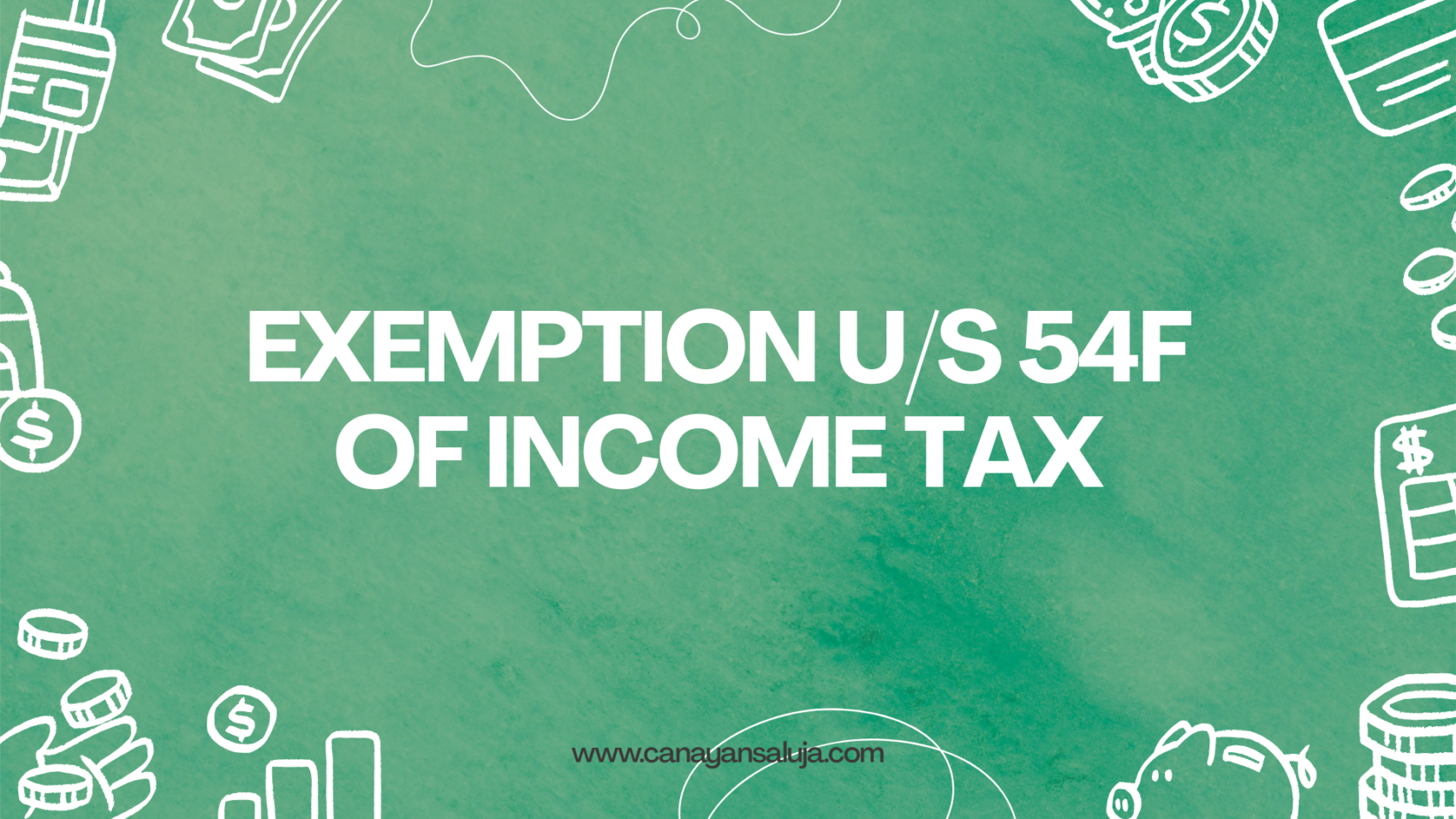269ST OF INCOME TAX ACT
WHAT IS SECTION 269ST?
Any person should not receive an amount of Rs. 2,00,000 or more except by specified means:
Notes:
SPECIFIED MODES OF TRANSACTION
As per income tax rules, the specified modes to do transactions as per Section 269ST are as follows:
EXCEPTION TO SECTION 269ST:
Section 269ST is not applicable in the following cases:
Notification No. 28 & 57/2017 (exempt transaction from 269ST)
PENALTY U/S 271DA:
If assessee fails to follow Section 269ST of the Income Tax Act, then penalty u/s 271DA will be levied @ 100% of such receipt. It shall be imposed by Joint Commissioner.
However, no penalty shall be levied if that person proves that there were good & sufficient reasons for the contravention.
EXAMPLES:
Example 1: Mr. Hari buys gold chain worth Rs. 2 lakhs and pays the amount by cash to Mr. Rahul on a single day in 4 equal installments of Rs. 50,000 each, does this amount to violation of Section 269ST?
Ans: As Mr. Rahul has accepted the payments in cash worth Rs. 2,00,000 from a single person in a single day. Hence, this amounts to violation of Section 269ST and Mr. Rahul will be liable to pay penalty of Rs. 2,00,000 as per Section 271DA.
Example 2: Mr. Kejriwal goes through a surgery and the hospital charges him a bill of Rs. 4 lakhs. Kejriwal clears the bill in 4 installments of Rs. 1 lakh each on four different dates. Hence, the cash receipts got by hospitals are less than Rs. 2 lakhs and have been received on different dates. Whether the transactions violate 269ST?
Ans: Yes, Hospital has to pay the penalty because, they received the payments with respect to single bill/ transaction as spitting of payments over several days is prohibited. Hence, hospital has violated the provision of Section 269ST and as result hospital is liable to pay a penalty of Rs. 4 lakhs under Section 271DA.
NOTE:
If a person has done work of different nature in a marriage of his customer, say, given hall on rent for marriage reception, given tent house services, done decoration, and has issued three different bills of Rs. 1.5 lakhs each for each separate service totaling to Rs. 4.5 lakhs, then he can only receive less than Rs. 2 lakhs from his customer in cash, made in respect of all the 3 bills/ transactions. If entire Rs 4.5 lakhs are taken in cash or any other way other than the specified means stated above then even though the limit of per transaction and also limit per day per entity is not crossed, he shall be liable to pay penalty as per Section 271DA i.e. 100% of the amount involved and since all the transactions are related with the single occasion of a marriage, then the total limit of less than Rs. 2 lakhs will be a consolidated limit for all the related transactions.
DIFFERENCE BETWEEN 269SS AND 269ST?
|
PARTICULARS |
269SS |
269ST |
|
Section covers |
It prohibits acceptance of any loans or deposits or specified sum of Rs. 20,000 or more from any other person otherwise than by an account payee cheque or account payee demand draft or use of electronic clearing system. |
It prohibits receipt of cash of Rs. 2,00,000 or more otherwise than by an account payee cheque or account payee demand draft or use of any electronic clearing system. Moreover this section will not come into picture where Section 269SS is applicable. |
|
Penalty for contravention |
If assessee fails to follow Section 269SS, then penalty shall be levied @ 100% of such loan/ Deposit/ Advance. It shall be imposed by Joint Commissioner u/s 271D. |
If assessee fails to follow Section 269ST, then penalty shall be levied @ 100% of such cash received. It shall be imposed by Joint Commissioner u/s 271DA. |
|
Applicability |
Applicable to all persons i.e Individual, HUF, firm, company, trust, society etc. |
Applicable to all persons i.e Individual, HUF, firm, company, trust, society etc. |

